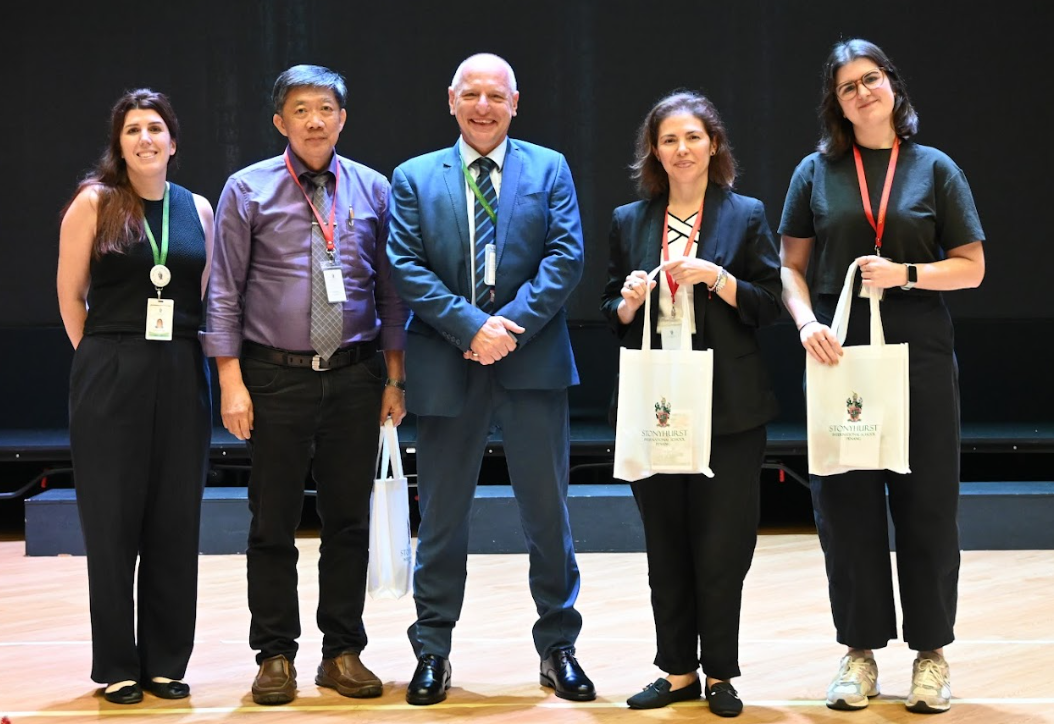
STEAM education is a learning approach that incorporates science, technology, engineering, arts and mathematics into one cohesive experience.
In traditional education, these subjects are often taught in isolation from one another. However, in STEAM education, the subjects are integrated to create a holistic educational experience that encourages critical thinking, problem-solving, creativity, and innovation.
STEAM education is a growing trend in schools across the world. Many school systems are integrating STEAM into their curricula, while others are adopting STEAM-based approaches to learning. By mixing traditional STEM subjects with arts and design, educators hope to create more well-rounded students who possess critical thinking skills and an appreciation for creativity.

STEM vs STEAM education
A STEM curriculum includes real-world challenges that students solve while being guided through the process of examining problems from all angles by questioning them and using hands-on, practical applications of content.
By incorporating art, STEM lessons can become more meaningful and interesting for students, encouraging them to express themselves creatively. It also allows teachers to evaluate their understanding of concepts and ideas as translating science and math into art requires a solid grasp of those subjects.
In a nutshell, STEM and STEAM are both frameworks for integrating science, technology, engineering and math into the classroom. They both emphasise problem-solving skills through a focus on facts and data. However, STEAM also focuses on creativity and innovation through an emphasis on making connections between subjects.

Why is STEAM education important for children?
A STEAM education is essential in preparing children for success in an increasingly technology-driven world. By exposing children to a diverse range of subjects, STEAM education provides them with a well-rounded understanding of the world around them.
STEAM subjects encourage children to think independently and critically. By providing opportunities for students to explore their own ideas, STEAM education helps them develop these skills in an engaging way.
Critical thinking – STEAM education helps students develop critical thinking skills by encouraging them to explore their own ideas and share them with others.
When children learn how to think critically, they are better equipped to analyse complex problems and come up with innovative solutions. This skill is essential for success in future when students will face increasingly complex problems and challenges.
Creativity – STEAM education helps students develop their creativity by allowing them to express their ideas and explore various mediums. In addition to art, science and technology, STEAM education encompasses other creative outlets such as writing and music. When children are given the opportunity to be creative in these areas, they are better prepared for future careers that require innovation and out-of-the-box thinking.

Boosts Curiosity – STEAM education encourages children to ask questions and seek out answers. It engages their minds in a way that allows them to discover interesting facts about the world around them. This skill is invaluable for students who want to learn more about their interests and develop a deeper understanding of how things work.
Collaboration – STEAM education encourages students to work together on projects. This not only teaches children to collaborate with others but also helps them develop better social skills. They learn how to work well with others and gain confidence in their own abilities as they see their ideas come to life.
Real-world application – STEAM education teaches students about the real world. They learn how science and technology affect their lives and how they can use these tools to make their own mark on society. This type of education helps students understand that what they learn in school has applications outside of the classroom, which encourages them to develop an interest in learning and pursue their passion.

STEAM education at Maple Leaf Kingsley International School
We are staunch supporters and believe that STEAM education fosters teamwork and collaboration between teachers and the transfer of knowledge between disciplines. Kingsley actively restores art and science to a place of importance in a way that engages a wider range of students.
For example, a student who loves math can discover a connection between math and music, or a student who enjoys literature can connect literature and science.
Our STEAM learning approach creates an environment that challenges students to think creatively and critically while providing an avenue to grow to their fullest potential. We empower students to express their ideas and opinions through research, analysis, debate, and questioning.
How is STEAM conducted in our classes?
We have a variety of avenues that support students’ learning of STEAM concepts including:
i) Robotics Club
ii) Science Club
iii) Project-Based Learning
iv) Gamification of STEAM concepts for better understanding
v) Smartboards
vi) Field trips
vii) 3D printing
viii) Computer science lessons
ix) Art
x) Immersing in the natural beauty of nature
Get in touch with us to schedule a visit to our campus and get a first-hand experience of our facilities and services.













![[elc International School] NO SHORTCUTS: WHY THINKING STILL MATTERS](https://mint-edm.sgp1.digitaloceanspaces.com/production/XTvbqZxxQQxUHjyDcClxCortA5SxNs.png)




















